The sleek, expansive touchscreen has become a defining feature of modern car interiors. From controlling the climate to navigating unfamiliar roads and accessing your favorite playlists, these digital dashboards have seemingly cemented their place as the central hub of the driving experience. But could this era of touch-centric infotainment be nearing its end? Whispers of a shift are growing louder, suggesting that the future of how we interact with our vehicles might look drastically different. Are these glossy displays destined for the automotive scrap heap? Let’s buckle up and explore the evolving world of in-car technology.
For years, the trend has been towards bigger and fewer physical buttons, replaced by the seemingly limitless possibilities of touch-based interfaces. Carmakers lauded the clean aesthetics and the ability to pack in a multitude of features into a single panel. Tesla, perhaps more than any other manufacturer, championed this approach, popularizing minimalist interiors dominated by large tablet-like displays. This design philosophy offered a high degree of customization and control, allowing drivers to personalize everything from seat warmers to performance modes. Systems like Apple CarPlay and Android Auto further incentivized the adoption of larger, more intuitive touchscreens, seamlessly integrating smartphone functionalities into the car’s display.
However, this touchscreen dominance hasn’t been without its critics. Many drivers find these systems overly complicated, requiring multiple taps and swipes to perform simple tasks, often diverting their attention from the road. Studies have even pointed to driver frustration with the complexity and patchy performance of some infotainment systems, highlighting a reliance on touchscreens at the expense of more intuitive physical controls. The European New Car Assessment Program (NCAP), a respected safety organization, has even announced that it will favor vehicles with physical controls for essential functions like turn signals and windshield wipers in their safety ratings, signaling a potential shift in priorities towards minimizing driver distraction.
Adding fuel to this debate is the growing sentiment of “screen fatigue” among car buyers. In a world saturated with digital displays, some drivers are yearning for the tactile feedback and straightforward usability of traditional buttons and knobs. Several major automakers are starting to listen. Hyundai, for instance, has announced its intention to reintroduce more physical controls across its new vehicle lineup. Porsche and Volkswagen have also signaled a move back towards physical buttons for key in-cabin functions, acknowledging customer complaints about touch-sensitive controls on steering wheels. Even Nissan, which initially held back from the touchscreen arms race, has recently introduced more modest digital infotainment systems.
So, if touchscreens aren’t the be-all and end-all, what does the future hold for vehicle infotainment? Several key trends are emerging that point towards a more multimodal and integrated approach.
The Rise of Voice Assistants: Imagine telling your car to adjust the temperature, navigate to a specific address, or play your favorite song, all without taking your hands off the wheel or your eyes off the road. Voice assistants like Google Assistant, Siri, and Alexa are becoming increasingly sophisticated and integrated into vehicles. They offer a hands-free way to control various functions, enhancing both convenience and safety. While current voice technology still has its limitations in understanding natural language and dealing with noisy environments, advancements in artificial intelligence are rapidly improving their capabilities. The future likely involves more conversational and proactive virtual assistants that can anticipate driver needs rather than just responding to commands.
Seamless Smartphone Integration: The ubiquity of smartphones means that many drivers are already comfortable with their device’s interface and ecosystem. Technologies like Apple CarPlay and Android Auto have paved the way for seamless integration, mirroring familiar apps and functionalities onto the car’s display. However, the future might see even deeper levels of integration, potentially blurring the lines between the car’s native infotainment system and the user’s smartphone. Some experts even suggest that the smartphone could eventually become the primary interface, with the car’s screen acting merely as a display.
The Return of Tactile Controls: As mentioned earlier, there’s a growing recognition of the importance of physical buttons and knobs for certain essential functions. Tactile controls offer a level of intuitiveness and ease of use that touchscreens sometimes struggle to match, especially while driving. Expect to see a resurgence of physical controls for frequently used features like climate control, volume adjustment, and hazard lights, working in tandem with touchscreens and voice commands.
Augmented Reality and Beyond: The windshield itself could become the next frontier of in-car information. Augmented reality (AR) dashboards are being explored, projecting crucial driving data like speed, navigation directions, and hazard warnings directly onto the driver’s field of vision. This technology has the potential to enhance safety by keeping the driver’s eyes focused on the road. Furthermore, as vehicles move towards greater levels of autonomy, the focus of infotainment will shift from driving assistance to passenger entertainment and productivity. We might see larger, cinema-style dashboards, virtual reality experiences for passengers, and even brain-machine interfaces that allow for direct control of vehicle functions using neural signals, although these are still in the early stages of development.
Personalization and Artificial Intelligence: Future infotainment systems will likely be highly personalized, learning user preferences and adapting the interface accordingly. AI-powered systems will be able to suggest routes based on driving habits, adjust climate control based on past preferences, and even offer customized entertainment options. Gesture recognition could also become more prevalent, allowing drivers to control media and other functions with simple hand movements.
While the large, central touchscreen is unlikely to disappear entirely anytime soon, its role in the vehicle cockpit is certainly evolving. The future of infotainment appears to be a blend of different technologies, with a greater emphasis on user experience, safety, and seamless integration. Automakers are realizing that a purely touch-based approach may not be the optimal solution for all drivers and all situations. The trend is towards a more harmonious coexistence of touchscreens, voice control, physical buttons, and emerging technologies like augmented reality, creating a more intuitive, safer, and ultimately more enjoyable driving experience. So, while the touchscreen isn’t headed for immediate obsolescence, its dominance might be tempered by a more balanced and user-centric approach to in-car technology.

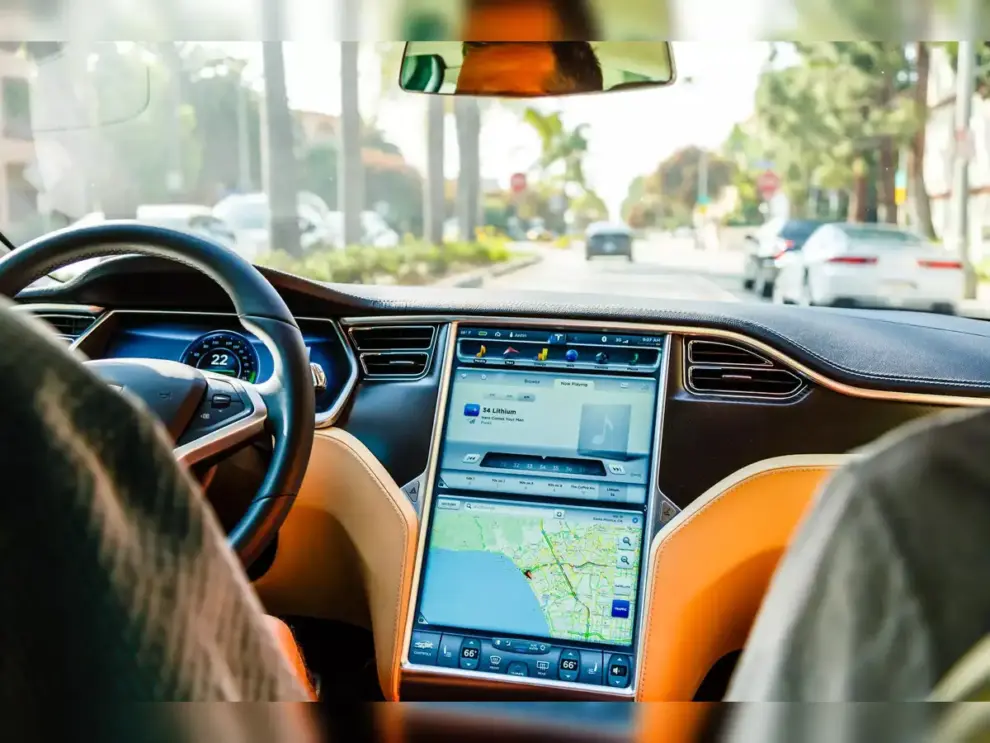
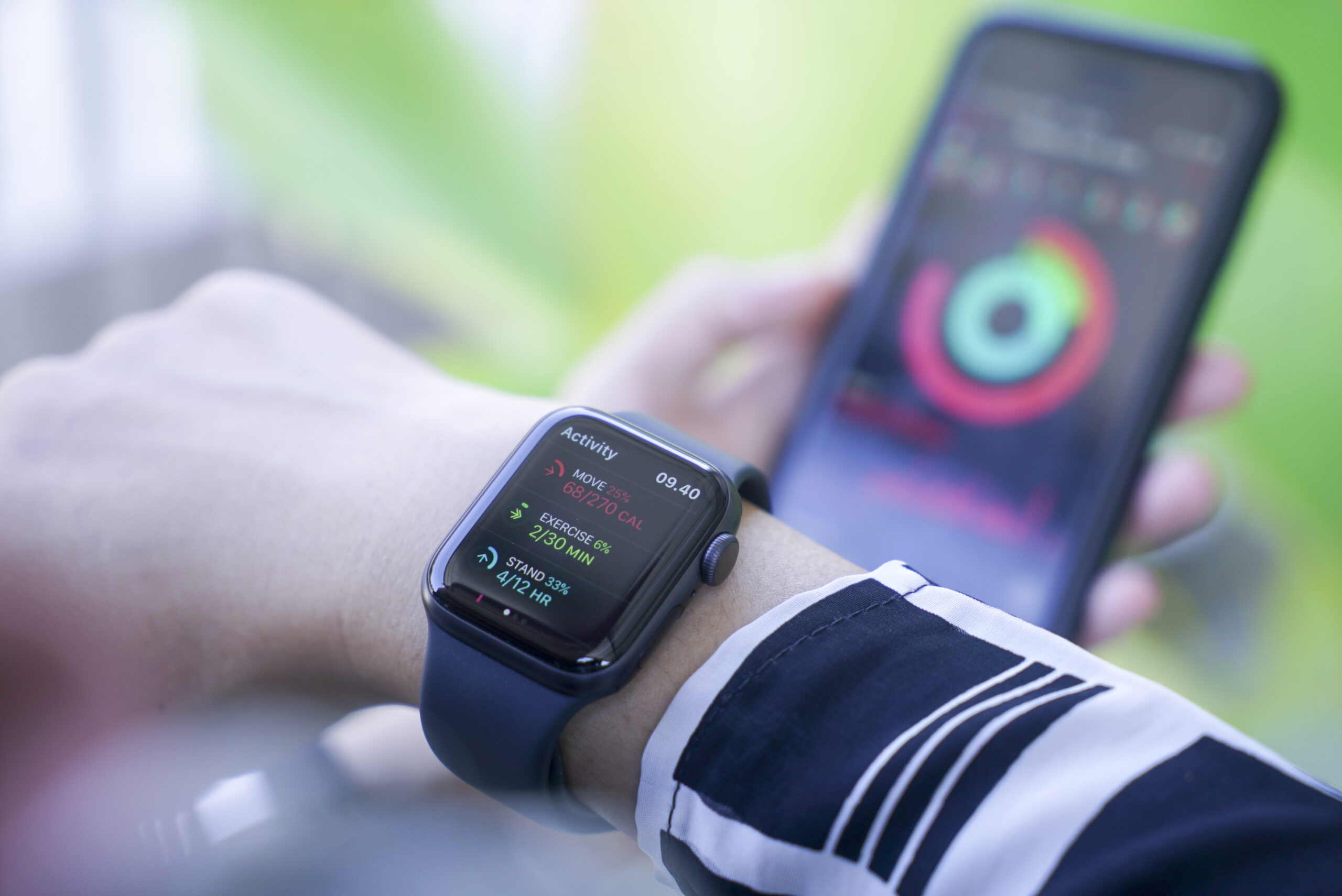
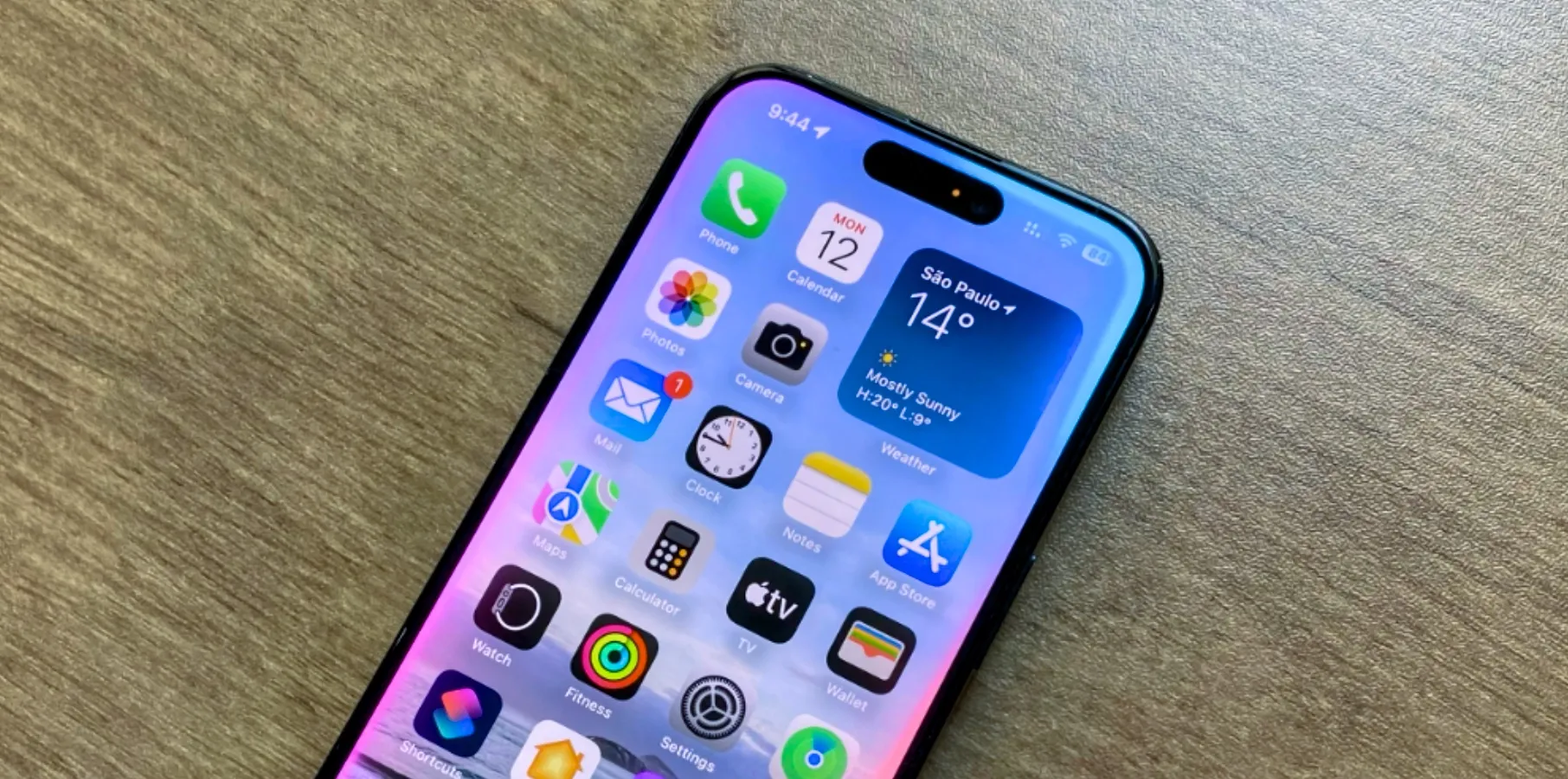
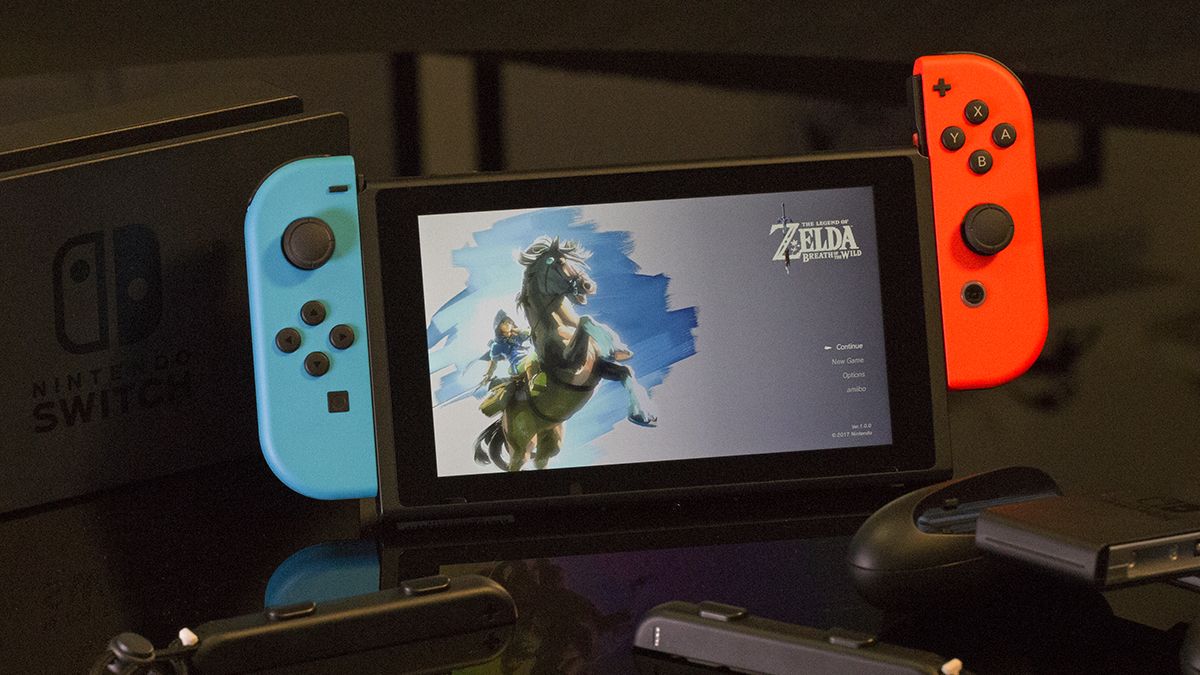
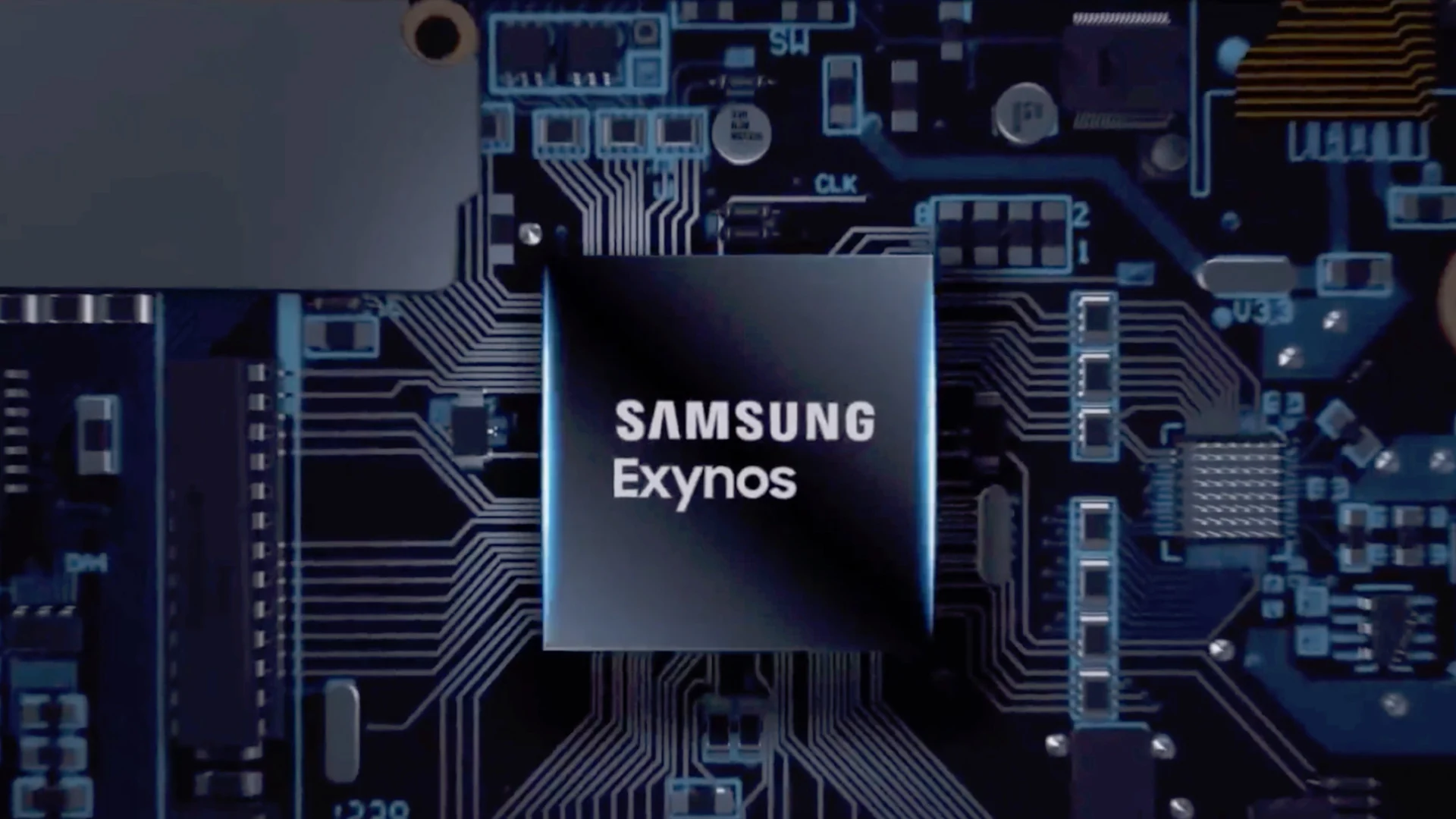

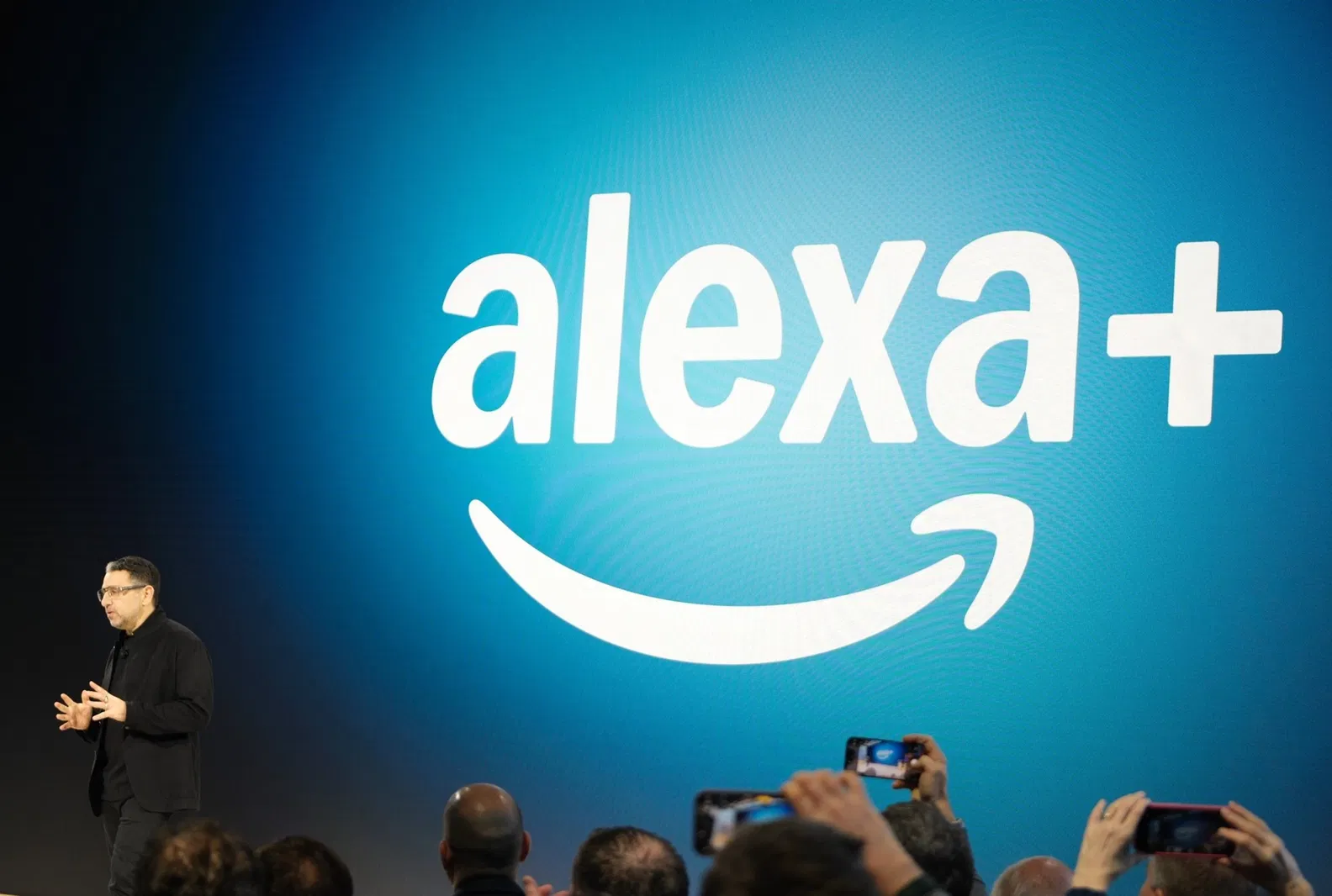

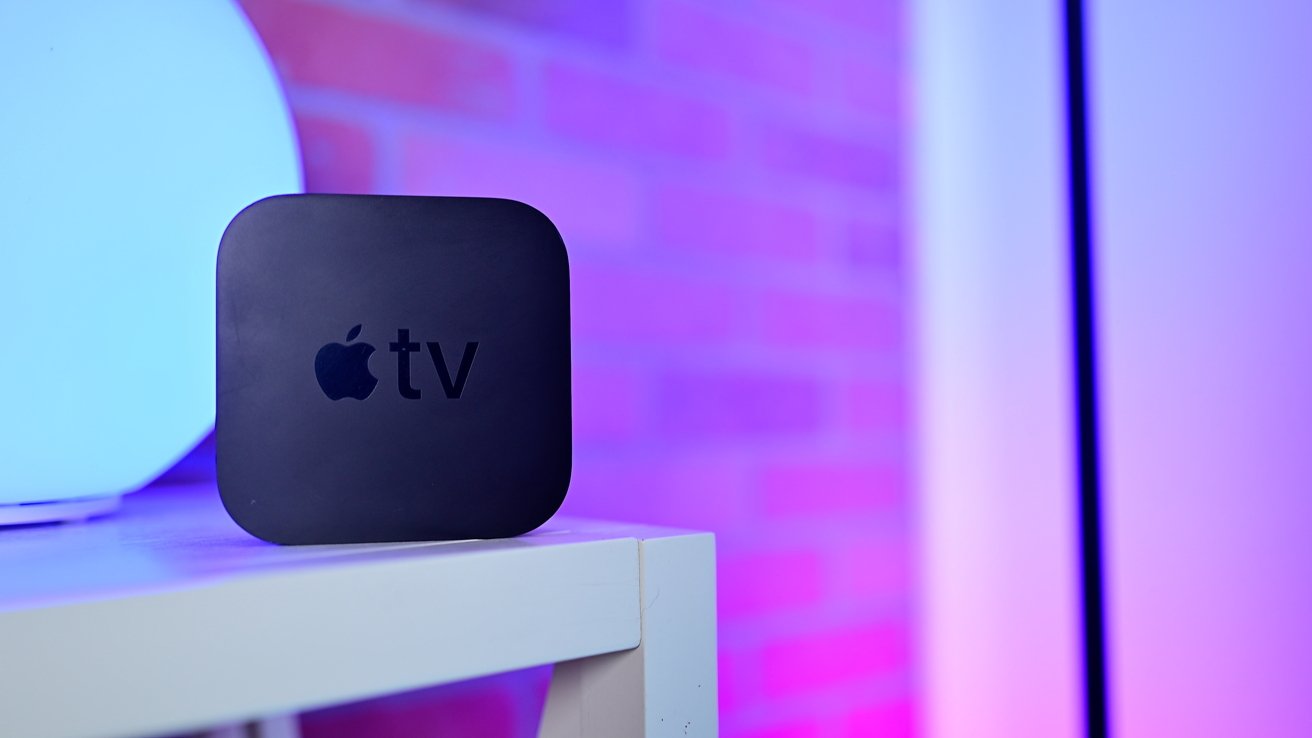
Add Comment